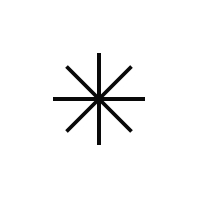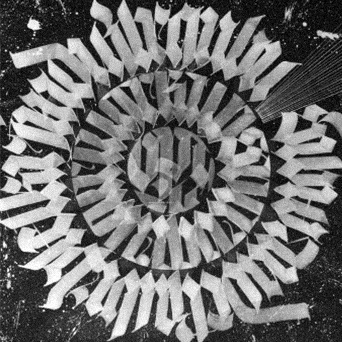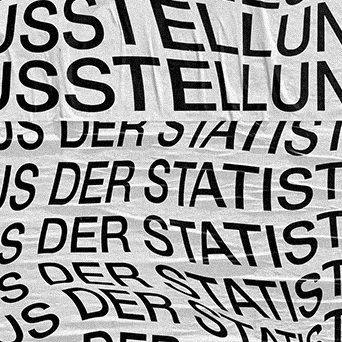Why Market Caps, Whale Moves, and Price Alerts Are Your Crypto GPS
Whoa! Ever scroll through crypto rankings and wonder, “Wait, why does coin X suddenly jump spots while coin Y feels stuck in the mud?” Yeah, me too. Market cap rankings aren’t just numbers on a screen—they’re the pulse of the crypto wild west. And if you’re not tracking whale moves and setting up price alerts, you’re basically driving blindfolded on the blockchain highway.
Seriously, the crypto market is like a huge, noisy bazaar where the biggest players—the whales—can send prices spiraling just by moving their stacks. It’s not just hype or a rumor mill; it’s real money, real moves, and real consequences. Initially, I thought market caps were straightforward: just price times supply. But then I realized it’s way messier—circulating supply changes, token burns, new listings… Oh, and don’t get me started on inflated market caps from locked or inaccessible tokens.
Here’s the thing. Traders and investors obsess over these rankings because they hint at where the smart money might be headed. But it’s not some magic formula; it’s a mix of intuition, on-chain data, and a touch of paranoia. On one hand, market caps give a snapshot of a token’s perceived value. Though actually, if you dive deeper, things like liquidity, exchange volumes, and whale concentration tell a more nuanced story.
Let me throw in a personal note: I got burned once ignoring whale activity. I saw a coin steadily climbing, felt the FOMO building, and jumped in without checking who was behind the moves. A single whale dumped a huge chunk the next day and the price crashed. Lesson learned. Now, I obsessively track whale wallets and their transfers.
Check this out—
That dashboard? It’s my morning coffee. It’s from a site I trust for real-time data and clean analytics: https://sites.google.com/mycryptowalletus.com/coinmarketcapcryptocurrency. Handy, no frills, and packed with exactly what you need to spot market cap shifts and track those elusive whales.
Market Cap Rankings: Not as Simple as They Look
Okay, so market cap equals price times circulating supply, right? Well, yes and no. The catch is the “circulating” part. Some projects have locked tokens, vesting schedules, or massive reserves held by founders. Those tokens might not hit the market for years, yet they inflate the cap.
My instinct said, “Ignore those inflated caps.” But wait—sometimes those locked tokens suddenly unlock, dumping massive amounts into the market. That’s a ticking bomb. You gotta watch cap changes over time, not just a static snapshot. And don’t get fooled by freshly minted tokens with low supply but sky-high prices—they can be pump-and-dump bait.
So, market cap rankings are a useful starting point, but you gotta dig deeper. Look at liquidity pools, exchange volumes, and how supply changes over time. For example, a coin might rank high but with thin trading volume, making it vulnerable to manipulation. Conversely, a smaller cap coin with strong volume might be on the cusp of a breakout.
Whale Tracking: The Crypto Crystal Ball
Really? Yes, whale tracking is a legit tool. Whales—those holding massive amounts of a coin—can move markets by their sheer buying or selling power. Watching their wallet activity is like eavesdropping on Wall Street’s biggest players.
Here’s what bugs me about some so-called “whale alerts.” They flood social media, causing panic or euphoria without context. Not every big transaction is a selloff; sometimes whales move coins between wallets or to cold storage. Context is king.
However, if you’re plugged into a solid whale tracking feed—say, the one integrated into https://sites.google.com/mycryptowalletus.com/coinmarketcapcryptocurrency—you get real-time alerts that help you anticipate price swings. For instance, a sudden whale accumulation might precede a rally. Or a massive transfer to exchanges could signal an upcoming dump.
Actually, wait—let me rephrase that. Whale tracking isn’t a crystal ball; it’s a heads-up system. It tells you where the big players are moving, but not their motives. So combine it with other tools—market sentiment, news feeds, and your gut.
Price Alerts: Your Trading Lifeline
Look, crypto moves fast. Blink and you miss a 10% pump or dump. I set up price alerts religiously, not just for coins I hold but also for those on my watchlist. It’s like having a buddy whisper in your ear when the market’s about to do something crazy.
Here’s the thing. Many platforms offer alerts, but most clutter you with noise. Good price alerts are smart—they factor in volume, volatility, and recent trends. You don’t wanna be spammed every time a coin ticks up a few cents.
Using a platform like https://sites.google.com/mycryptowalletus.com/coinmarketcapcryptocurrency, you can tailor alerts to your strategy. Want to know when Bitcoin dips below a certain level? Done. Or when a token surges past its 24-hour average? You’ll get pinged.
My advice: don’t abuse alerts. Too many and you’ll ignore them. Pick key levels based on your analysis and risk tolerance. And always double-check with charts before making moves.
Putting It All Together
So, you’ve got market cap rankings giving you the big picture, whale tracking providing insider whispers, and price alerts acting as your personal watchdog. Alone, each tool offers value, but combined? That’s when you get a real edge.
For example, when a mid-cap coin suddenly jumps in market cap ranking, cross-check whale activity. Are big investors piling in? Set price alerts around support and resistance to catch the momentum. If whales start moving tokens to exchanges, brace for volatility.
And here’s a little secret from my experience: sometimes the best moves come not from chasing the top-ranked tokens but spotting those quietly climbing the ranks with steady whale accumulation and growing volume. Those coins often fly under the radar before becoming the next big thing.
Oh, and by the way, if you’re still hunting for reliable data and an intuitive interface, you might want to check out https://sites.google.com/mycryptowalletus.com/coinmarketcapcryptocurrency. It’s become my go-to for syncing these insights without the usual bloat.
Frequently Asked Questions
What exactly is market capitalization in crypto?
Market cap is the total value of a cryptocurrency, calculated by multiplying the current price by the circulating supply. But keep in mind, circulating supply can be tricky due to locked or reserved tokens.
How can I track whale movements effectively?
Using blockchain explorers and specialized whale alert services helps. Look for large wallet transfers, especially those moving tokens to or from exchanges. Services integrated with reliable data sources, like https://sites.google.com/mycryptowalletus.com/coinmarketcapcryptocurrency, provide timely notifications.
Are price alerts worth setting up?
Absolutely. They keep you informed of key price levels and market shifts without staring at charts 24/7. Just be selective to avoid alert fatigue.
Can market cap rankings be manipulated?
Yes, especially with low liquidity tokens or projects with large locked supplies. Always dig deeper into volume and supply dynamics before trusting rankings blindly.














